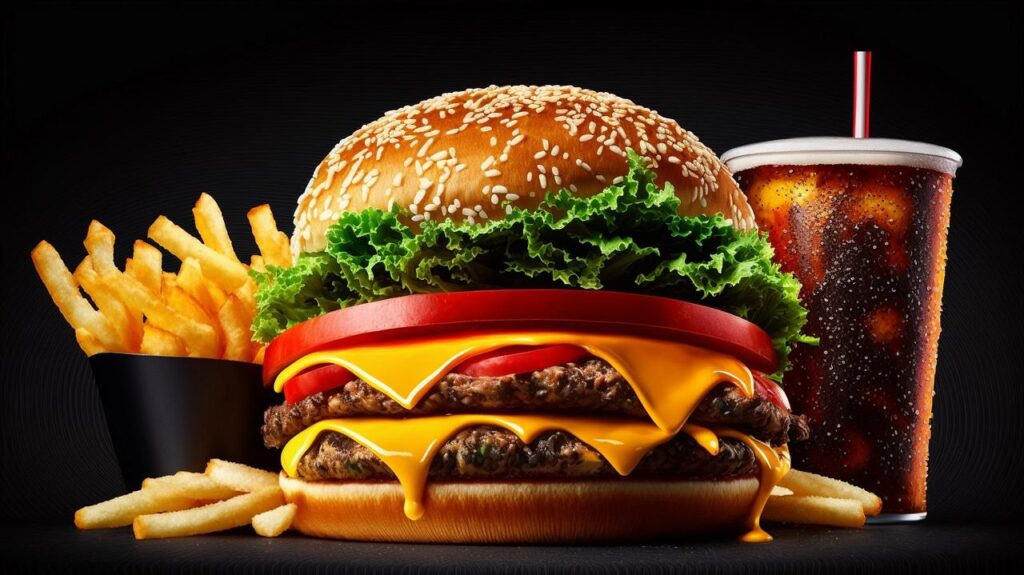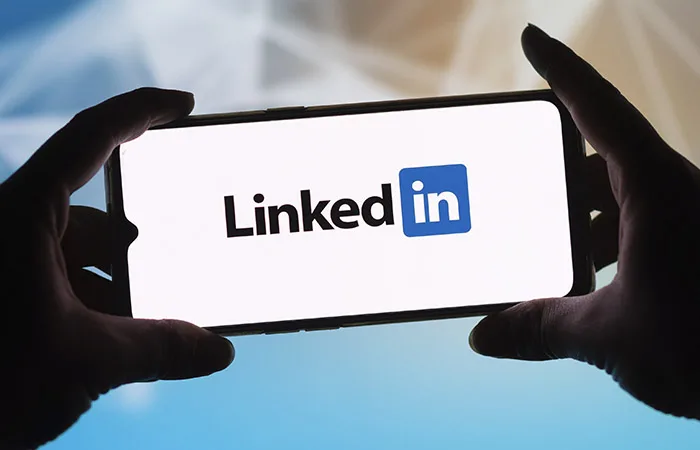Storytelling isn't just about storytelling, it's a way to evoke emotions and create a connection between the brand and the consumer. In the fast food industry, where competition is particularly high and offers are often similar to each other, it is emotional contact that can be the decisive factor in choosing. Let's take a step-by-step look at how fast food can use storytelling for promotion, so that you can not just sell, but become a part of the life of your audience.
Finding your idea — don't start with food
The history of a brand is not always the history of recipes and cooking technology. Sometimes it all starts with the founder making the first burgers for friends, or with the desire to create a place where teenagers can feel accepted. The story can be about family, rebellion, nostalgia for childhood, or the spirit of freedom.
It is important to find an emotional message that will form the basis of the story. It can be friendship, humor, caring, energy, a desire for change, or a return to the roots. The main thing is that the idea is close to the audience.
Image building-characters and atmosphere
When an idea is found, it is important to create recognizable characters and atmosphere that will accompany the brand in various formats — in advertising, social networks, packaging, and on the site.
Fast food can use heroes: a teenager who goes to a cafe every night after school, a grandfather who shares stories over his favorite shawarma, a courier who is in love with the city, where he rushes with orders.
These images allow you not just to promote the product, but to weave it into live situations, showing that food is part of real emotions and moments.
Connect with your audience through recognizable situations
One of the most effective storytelling techniques is to show life as it is. The first job, the evening before the exam, the late-night get-togethers after the party, the awkward first date when only hot French fries save you.
Fast food can tell about the usual moments for young people, turning them into micro-stories that you want to share. This works especially well in social networks, where short but catchy formats help create an intimacy effect.
This approach tells the audience: "We are just like you. We understand how you live and what is important to you."

Storytelling on packaging is not just about design
Packaging design is a great opportunity to continue the story. Even a burger box can contain a short phrase from the story, a fragment of the characters ' dialogue, or a hint about the situation.
These details create an additional layer of interaction. The buyer becomes not just a consumer, but a participant in the story. This adds emotional depth to a regular order.
Some brands even print short comics or series with a continuation — each new package gets a new part.
Video and social networks — live formats for live stories
The video format is perfect for telling a story. It can be a mini-series, a video with development, or even a documentary style — for example, "a day in the life of a chef", "how burgers are delivered","people's reactions to our new taste".
What matters is not so much the quality of the shot as the sincerity. People get tired of glossy productions — they prefer honest, slightly crazy, but real videos that have their own soul.
Platforms like TikTok or Instagram allow you to quickly test different stories and see which ones respond the most.
Engaging the audience itself in the narrative
When a story becomes shared, it begins to live its own life. One of the best ways to enhance storytelling is to give the audience a say.
Fast food can invite guests to share their "delicious memories", launch challenges, and collect stories about how food became part of an important event. Sometimes an honest confession — "we met over this burger and are now married" — is enough to start a chain of responses.
This approach increases trust: the brand becomes not the author of the story, but its guide.
The ultimate goal is to become part of the cultural code
When a brand works consistently with storytelling, it is no longer just a power point. It turns into a symbol — for some it is the taste of youth, for some it is the smell of freedom, and for others it is just a smile in the middle of a hard day.
Such fast food is associated not only with food, but also with feelings. People start quoting his characters, making memes, passing the story on.
That's when it becomes clear how fast food can use storytelling for promotion-not through aggressive advertising, but through a real presence in people's lives.








